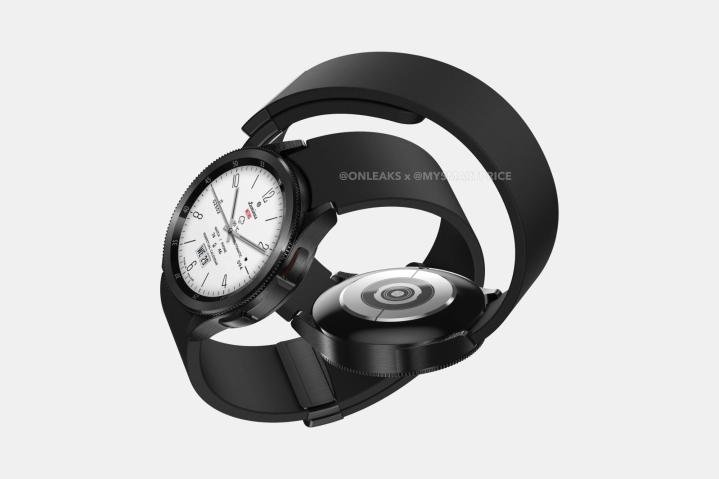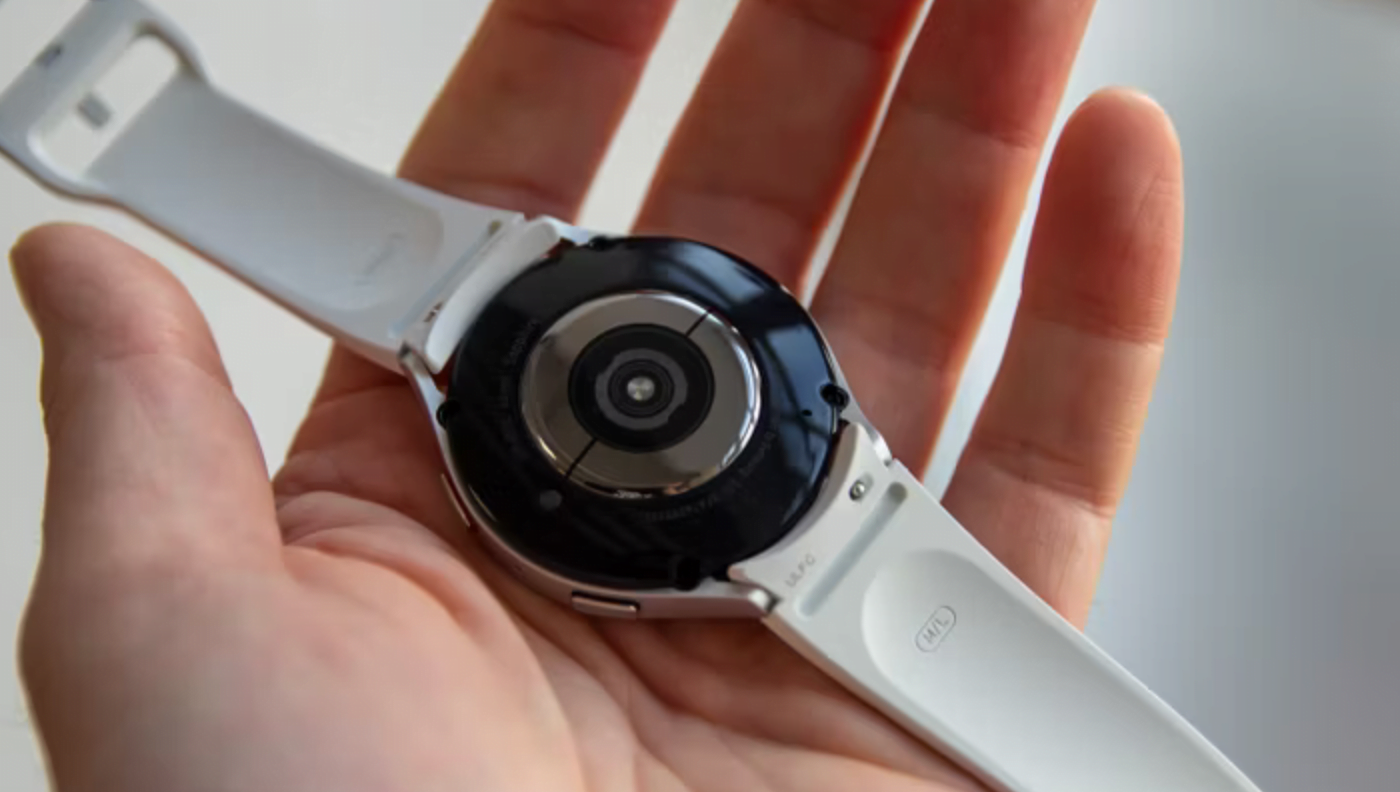Samsung Galaxy Watch 6 series. Samsung Galaxy Watch 6 Classic has been revealed and the first look confirms that Samsung is indeed bringing back the rotating bezel with the Galaxy Watch 6 Classic smartwatch. Samsung will also launch the regular Galaxy Watch 6 at the Unpacked event which will take place on July 26th.
Samsung Galaxy Watch 6 series
Although Samsung hasn’t made any official announcement regarding the Galaxy Watch 6 series, it’s safe to assume that the company would want to continue its successful Galaxy watch series. Based on Samsung’s history of watch release schedules, we can expect the Galaxy Watch 6 series to hit the market in late August 2023. It could arrive alongside other rumoured devices like the Galaxy Z Fold 5, Z Flip 5, and Tab S9.
| Series | Announcement Date | Availability Date |
|---|---|---|
| Galaxy Watch | 24 August 2018 | 31 August 2019 |
| Galaxy Watch Active | 20 February 2019 | 8 March 2019 |
| Galaxy Watch Active 2 | 5 August 2019 | 23 September 2019 |
| Galaxy Watch 3 | 5 August 2020 | 26 August 2020 |
| Galaxy Watch 4 | 11 August 2021 | 27 August 2021 |
| Galaxy Watch 5 | 10 August 2022 | 26 August 2022 |
| Galaxy Watch 6 | July 2023 (rumoured) | August 2023 (rumoured) |
Samsung Galaxy Watch 6 series Price
The price is still unknown, but the Samsung Galaxy Watch 6 series is expected to be priced similarly to the Galaxy Watch 5 series. The Watch 5 is priced at $279/£269 and the Watch 5 Pro at $449/£ 429. As for the upcoming Watch 6 series, the GPS-only 40mm model is expected to start at $279/£269.
| Model | Price Range (US) | Price Range (UK) |
|---|---|---|
| Galaxy Watch 5 | $279+ | £269+ |
| Galaxy Watch 5 Pro | $449+ | £429+ |
| Galaxy Watch 6 | $279+ (40mm GPS) | £269+ (40mm GPS) |
| Galaxy Watch 6 Pro | $499+ (GPS and cellular) | N/A |
Rumours suggest that Samsung’s upcoming smartwatches may feature a circular display, with Sapphire crystal glass expected on the Galaxy Watch 6 Pro/Classic and Gorilla Glass on the Galaxy Watch 6. Samsung leaker Ice Universe predicted that the watches will feature a strong, curved glass design, which will improve their appearance and ease of use. Ice Universe has a solid track record of accurate Samsung predictions.
There is also speculation that the Galaxy Watch 6 Pro could have a titanium body that complements its Sapphire glass display covered with Super AMOLED glass. There have been rumors that we will see an increase in screen size this year, from 1.4 inches to 1.47 inches.
Samsung Galaxy Watch 6 series features
The Galaxy Watch 6 series will reportedly ditch the short-lived “Pro” model and will bring back the “Classic” branding this year. But it’s not just the name that returns, but also the signature design element we last saw on the Galaxy Watch 4 Classic.

As per leaked renders, the Galaxy Watch 6 Classic will mark the return of the rotating bezel, which offers a more reliable way of interacting with UI elements instead of struggling with touch inputs on a tiny screen and finicky capacity bezels. Plus, the rotating physical bezel is also far more reliable when it’s raining or if the screen is drenched in sweat.
The Samsung Galaxy Watch 6 series will likely run on Google’s Wear OS with Samsung’s One UI Watch software overlay, limiting iPhone compatibility. Both smartwatches are also thought to feature the BioActive sensor.
According to a recent report by SamMobile, an online listing from a regulator in China has unveiled the battery specifications for two upcoming Samsung smartwatches. The models in question are the Galaxy Watch 6 and the “Watch 6 Classic,” both of which will come in various sizes. The Galaxy Watch 6 Classic (which might also be the Pro model) will likely have a larger 425mAh battery. The Galaxy Watch 6 will have a smaller 300mAh battery.
100% confirmed, Exclusive: The Samsung Galaxy Watch 6 has increased the screen size of the dial to 1.47 inches, and the resolution has also been correspondingly improved, which means that the screen proportion has finally been improved.

The Galaxy Watch 6 Pro is rumored to have other sensors like a temperature sensor, accelerometer, barometer, gyro sensor, geomagnetic sensor, and light sensor. These sensors are expected to provide advanced health and wellness data, including accurate heart rate monitoring, sleep tracking, and activity tracking.

